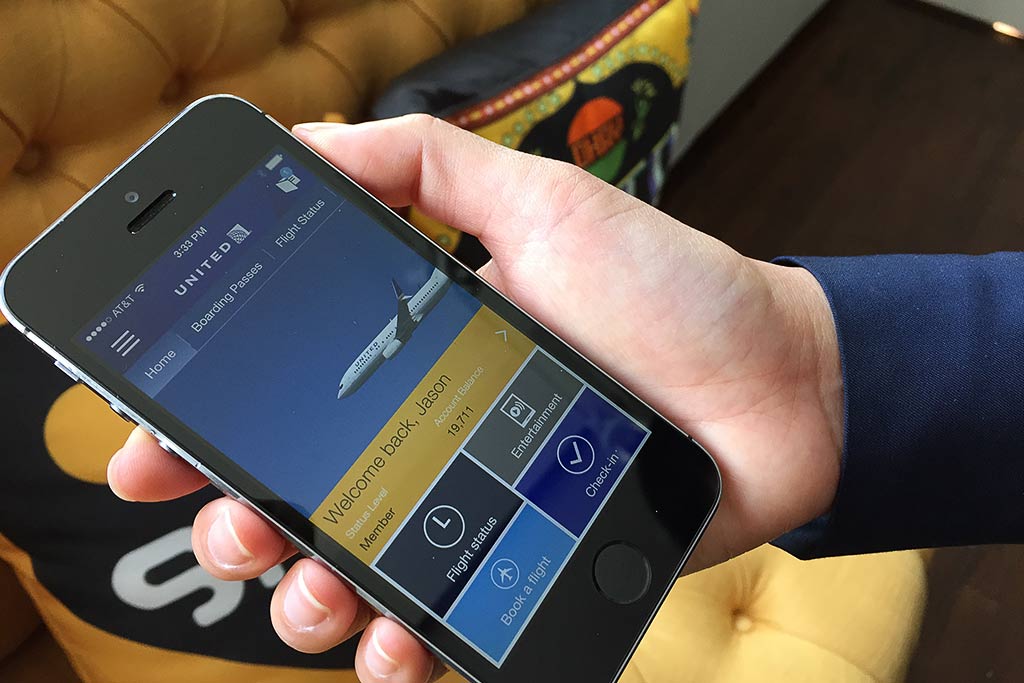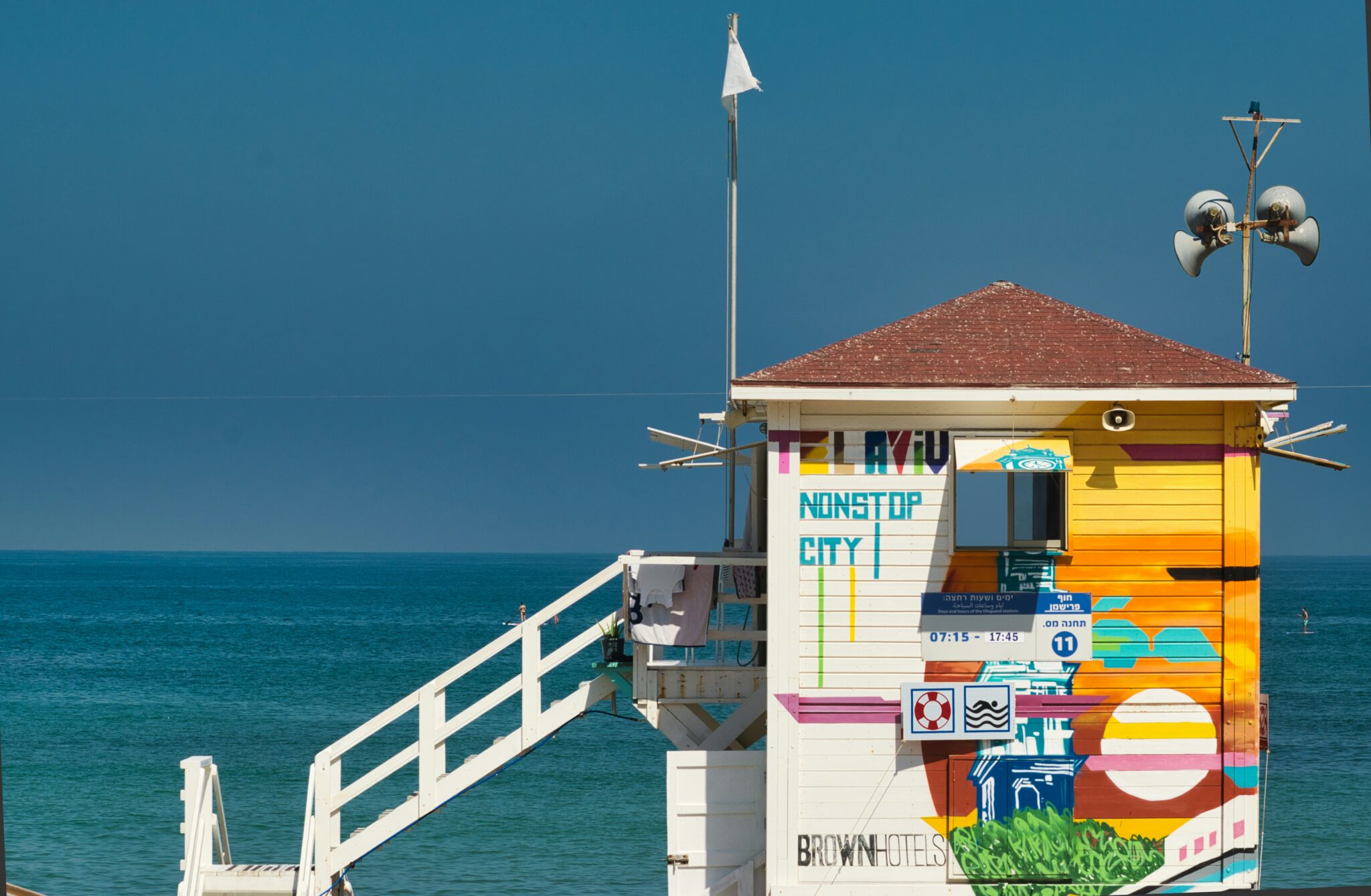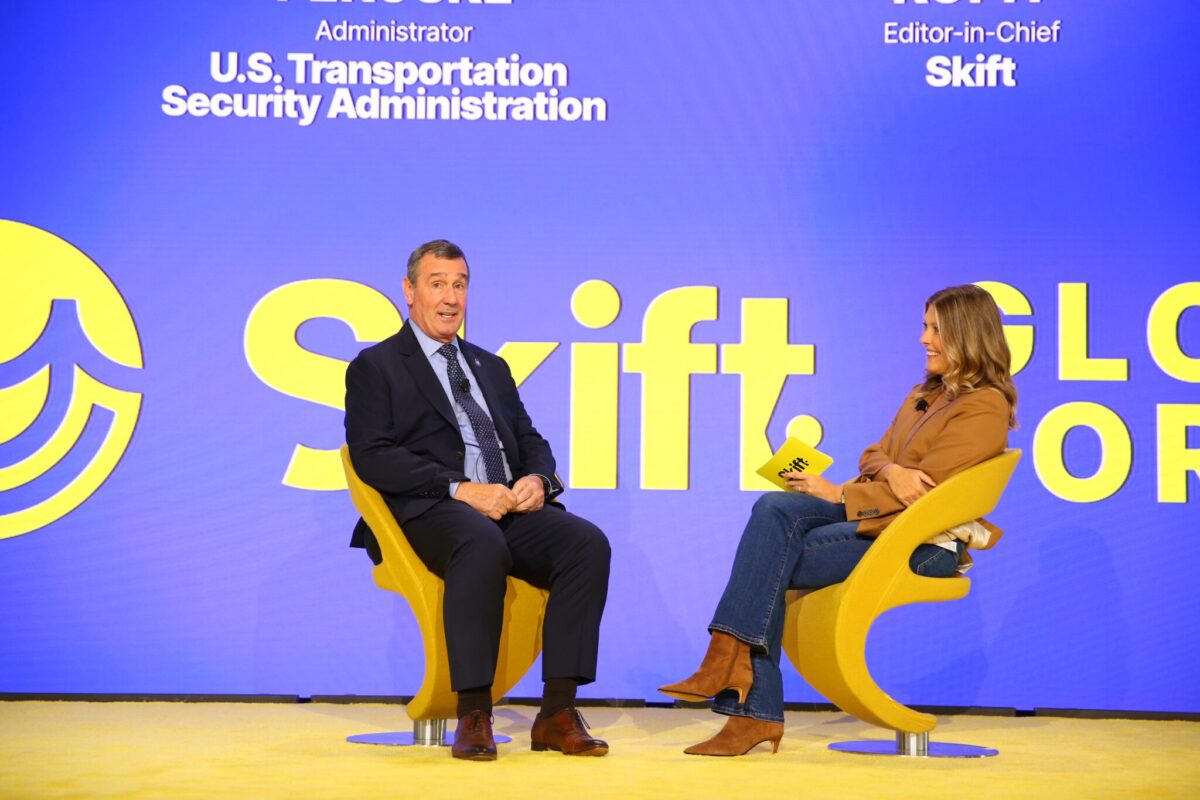Apple Made More in the Last Quarter Than All the World’s Airlines Together Will Make All Year

Skift Take
Even as IATA reports on a period of growth and profitability in the airline industry, the organization’s Director General points out that even the best performance of airlines lags behind strong performance in the tech sector.
“For the airline business, 2015 is turning out to be a positive year,” said Tony Tyler, IATA’s Director General and CEO. “This is clearly evident in the expected record high passenger load factor of 80.2% for this year. The result is a hard-earned 4% average net profit margin. On average, airlines will retain $8.27 for every passenger carried,” said Tony Tyler, IATA’s Director General and CEO.
In a timely comment on the day of Apple’s WWDC Keynote, Tyler puts perspective on this stronger performance, pointing out that, compared to the tech sector, airlines have considerable challenges to overcome to achieve and maintain profitability.
“Apple, a single company, earned $13.6 billion in the second quarter of this year,” he said. “That’s just under half the expected full-year profit of the entire airline industry. We don’t begrudge anyone their business success. But it is important for our stakeholders, particularly governments, to understand that the business of providing global connectivity is still a very tough one.”
“Net profits of $29.3 billion are also only $8.27 per departing passenger,” IATA asserts in its summary presentation to members. “Compare that to the $177 Apple made in 2015 Q1 on each unit sold (an iPhone, iPad or Mac).”
Operational efficiencies and continued passenger demand, with some benefits from lower fuel prices, have resulted in improved profitability, but the stronger US dollar and fuel hedging continue to pose challenges. “Even at the profit levels of the industry’s best year, margins remain thin and fragile,” IATA states.
The association lists specifics of the various economic challenges which constrain its long-term profitability.
Fuel
Airspace and airport inefficiencies, IATA indicates, waste around 5% of fuel burn each year.
IATA’s 2015 industry outlook is calculated on average Brent crude oil price of $65/barrel, a 36% decrease from the 2014 price of $101.4, but the airline organization expects Jet fuel prices to decline more slowly, with full year price of $78/barrel—33% lower than 2014 at $116.6/barrel. Fuel represents approximately 28% of the industry’s operating costs.
Strong Dollar
A 20% rise in the value of the US dollar over the past 12 months, and airline hedging policies, locked to higher fuel prices, have further offset part of the benefit of cheaper fuel. “The stronger US dollar has also resulted in a 0.7% decline in the industry’s overall revenues, expected to be $727 billion compared to $733 billion in 2014,” IATA indicates.
Cash
Of the associations’ 260 members, 6 airlines have sufficient free cash flow from operations (capex) to repay all their balance sheet debt in the next 5 years.
A number of airlines are also repaying debt and also returning cash to shareholders in dividends and share buy backs.
But the median airline has negative free cash flow, with balance sheets worsening through mounting debt.
Governments
“Airlines and their customers are forecast to generate $116 billion in tax revenues this year. That’s the equivalent of almost 48% of the industry’s GVA (Gross Value Added, which is the firm-level equivalent to GDP), paid to governments in payroll, social security, corporate and product taxes,” IATA states, noting that charges for services are excluded from these figures. The industry has also supported more than 58 million ‘supply chain’ jobs, in addition to the 2.5 million employees directly employed in the airline industry.
These contributions to global economies, IATA feels, are undervalued.
“In many countries the value of aviation for governments, and the wider economy, is not well understood,” the organization states.
Infrastructure
As demand for air travel has increased, the costs associated with improving infrastructure have also been passed down to airlines.
“Overall the cost of using airport and ANSP infrastructure has risen steeply over the past decade, partly because competitive pressures are very weak in this part of the supply chain,” IATA reports. “Moreover, inefficiencies causing delay and inefficient routings add to the direct cost.”
The organization forecasts that delays caused by inefficient airspace management in Europe alone will cost the industry $2.9 billion this year.
Regulations
Bilateral and other regulations, the association indicates, constrain airlines’ commercial activities. “Regulation is far from ‘smart’ with unnecessarily high costs in many situations,” IATA indicates. “Passenger rights/consumer protection laws are one example of well-intentioned but badly designed regulation that can lead to disproportionate, inconsistent and badly targeted costs. There are now 59 regimes currently in force, based on information currently available.”
The Pits of the Apple
Challenges like heavy regulation, taxes, and the burden of sustaining viable infrastructure burden, put strains on aviation which very few industries in the world—outside of perhaps the pharmaceutical sector—confront. Unlike the pharmaceutical sector, or the high-gloss tech sector, with Apple at the lead in profitability, airlines could not demand, and do not receive, exorbitant prices for their products.
As reported by IATA, aviation served 16,485 global city-pairs in 2014, nearly double the number of cities served in 1994, while average airfares have decreased by 64%, adjusted for inflation, over the same period.




